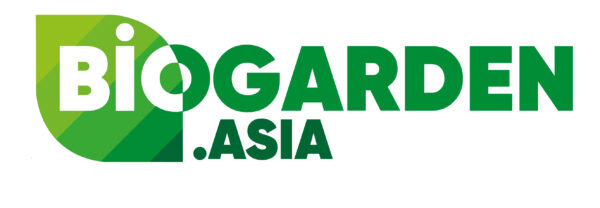No products in the cart.
NEWS
How to farm milkfish (Chanos Chanos)
Breeding milkfish in captive conditions and the mass production of fry, as practised in Taiwan Province of China, Indonesia and the Philippines, is mostly dependent on natural spawning, which assures high survival rates. Artificial induction is not normally used. On days when natural spawning occurs, the fish may feed less than usual but show increased swimming activity and exhibit chasing, occasional leaping, and water-slapping activities from late noon to early evening. Spawning usually takes place around midnight but daytime spawning sometimes occurs.
Wild-caught fry
Wild-caught fry are collected with fine-mesh seines and bag nets of various indigenous designs in the Philippines, Taiwan Province of China and Indonesia. The most commonly used gear are push net “sweepers” and dragged seines.
Hatchery production
Milkfish hatcheries consist of larval rearing tanks, culture tanks for rotifers (Brachionus) and green algae (eg Chlorella) and hatching tanks for brine shrimp (Artemia). Larval rearing may be either operated in outdoor or indoor systems, depending on the specific conditions in the countries where fry are being produced. Hatchery operations utilise either intensive (high stocking density, high volume tanks, daily feeding and water exchange) or semi-intensive (low stocking density, high volume tanks, minimal water exchange, feeding with mixed diet) systems, with an average survival rate of 30 percent (from stocked newly-hatched larvae). After hatching, the larvae are ideally kept at 50/litre in hatchery tanks (either concrete, fibreglass, canvas or polypropylene-covered earthen tanks) maintained with Chlorella and fed with rotifers during the early stages and later with copepods or brine shrimp for a total of 3-4 weeks. Following this, their size ranges between 2-3 cm and they are ready for transport to nurseries. The fry may change hands two or more times before being used for grow-out; each time this happens, they are sorted and counted, transported, and stored for different periods of time. Fry are a highly perishable commodity and some of them die during gathering, storage, transport, nursery rearing and grow-out. The technologies for fry storage and transport are generally effective, although perhaps not yet optimised.
Fry are stored in a cool place in plastic basins or clay pots at 100-500/litre, in water of 10-25 percent, which is renewed daily. Dealers may store fry for 1-7 days, depending on the demand.
Fry can be maintained on wheat flour or cooked chicken egg yolk for 1-2 weeks but soon begin to die, despite continued feeding. Recently, micro-encapsulated feeds have become commercially available for finfish but the cost compared to conventional live feeds is higher.
Nursery
Nursery operations in milkfish producing countries vary according to established cultural practices. In Taiwan Province of China, where commercial hatchery and nursery productions are integrated enterprises, milkfish fry are generally grown in either earthen ponds or elevated canvas or concrete tanks at intensive stocking densities of >2,000/litre. In Indonesia, a well established backyard-type nursery is used. This consists of a series of elevated canvas or concrete 1-2 tonnes tanks and similar stocking densities to those used in Taiwan Province of China are employed. In the Philippines, milkfish nurseries are integrated with grow-out facilities, where wild-caught or hatchery-reared fry are first acclimated into nursery compartments which comprise one third to one quarter of the total area of the Brackish water pond.
Fry are stocked at a density of up to 1,000/litre and are fed with a naturally-grown micro-benthic food known as “lab-lab” which grows on the fertilised pond bottom.



